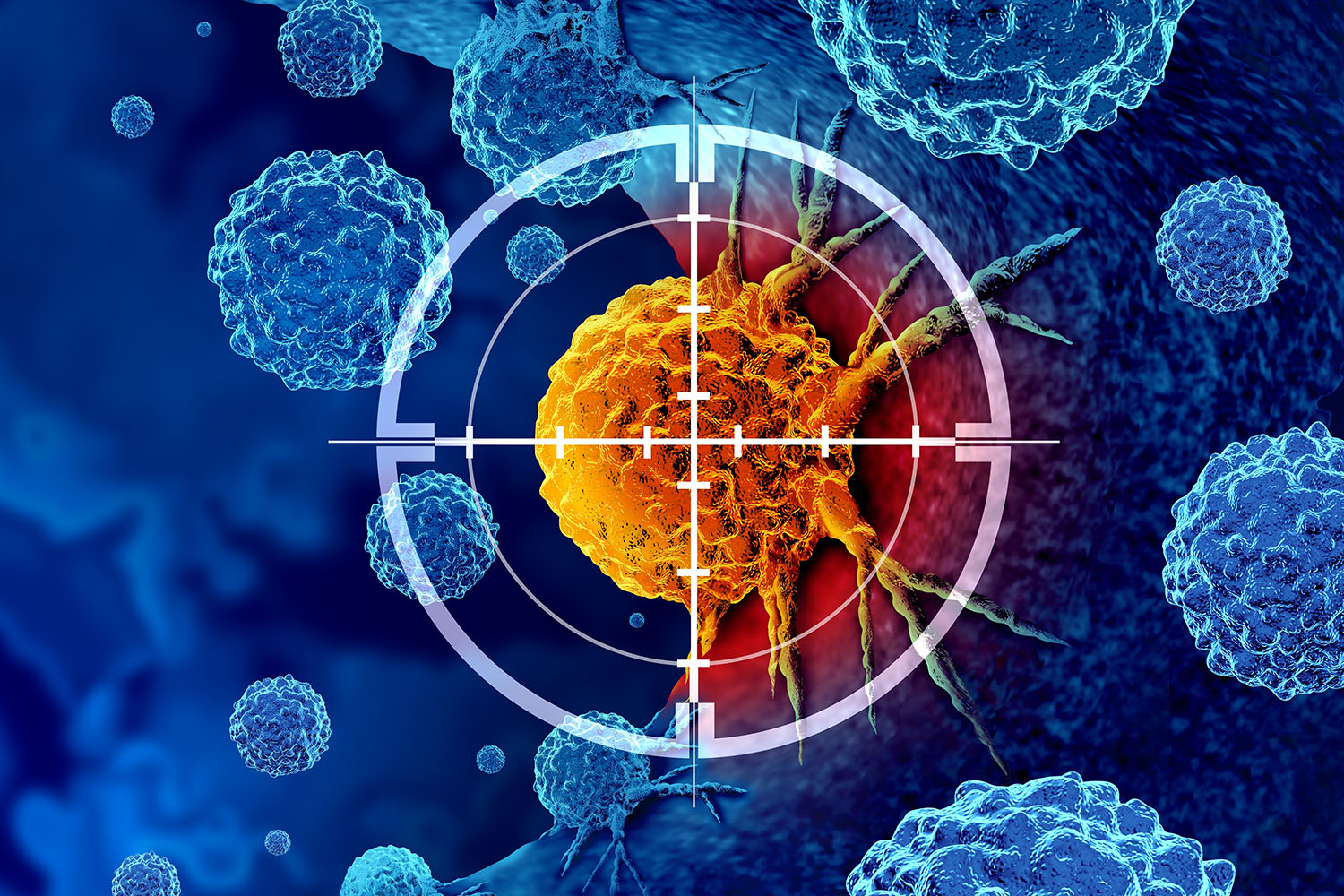Overview
In the area of medical diagnostics, few procedures wield as much significance and utility as the biopsy. Serving as a cornerstone of disease detection and characterization, biopsies play a pivotal role in guiding treatment decisions, prognostication, and patient care. This blog endeavors to demystify the intricacies of biopsy, offering insights into its purpose, types, procedure, and significance in modern healthcare.

Understanding Biopsy:
At its essence, a biopsy entails the extraction and examination of a sample of tissue or cells from the body for diagnostic purposes. By scrutinizing the microscopic architecture and molecular characteristics of the biopsy specimen, healthcare providers can glean invaluable insights into the presence, nature, and severity of underlying pathological processes.
Purpose of Biopsy:
The primary objective of a biopsy is twofold: to establish a definitive diagnosis and to elucidate the histological, cytological, or molecular features of a pathological condition. Whether it be a suspicious lump, lesion, or abnormality detected through imaging studies or clinical examination, biopsies serve as the linchpin of diagnostic certainty, enabling healthcare providers to formulate tailored management plans and prognostic assessments.
Types of Biopsy:
Biopsies can be classified into several categories based on the nature of the specimen obtained and the method of extraction. Common types of biopsies include:
Excisional Biopsy: Involves the complete removal of a suspicious lesion or tissue mass for comprehensive pathological evaluation.
Incisional Biopsy: Involves the partial removal of a lesion or tissue mass, typically targeting the most representative or concerning area for analysis.
Needle Biopsy: Encompasses various minimally invasive techniques, such as fine-needle aspiration (FNA), core needle biopsy (CNB), and vacuum-assisted biopsy (VAB), which utilize needles to extract tissue or fluid samples under imaging guidance.
Endoscopic Biopsy: Utilizes specialized endoscopic instruments to procure tissue samples from internal organs or cavities, enabling direct visualization and targeted sampling of pathological lesions.
The Biopsy Procedure:
The biopsy procedure is meticulously tailored to the specific clinical scenario and the anatomical site of interest. Prior to the biopsy, patients may undergo imaging studies, laboratory tests, and consultations to optimize procedural planning and ensure patient safety. During the biopsy, local anesthesia is typically administered to minimize discomfort, followed by the precise extraction of tissue or cells using specialized instruments or techniques. Post-procedural care involves meticulous specimen handling, processing, and analysis by skilled pathologists to yield accurate and clinically relevant diagnostic information.
Significance of Biopsy in Healthcare:
The significance of biopsy transcends mere diagnostic confirmation, permeating every facet of healthcare delivery. By elucidating the underlying histopathology, molecular profile, and prognostic markers of a disease process, biopsies empower healthcare providers to tailor treatment strategies, monitor disease progression, and prognosticate patient outcomes with precision and confidence. From guiding the selection of targeted therapies in cancer treatment to informing the management of inflammatory conditions and infectious diseases, biopsies serve as invaluable tools in the armamentarium of modern medicine.
In the intricate mosaic of medical diagnostics, the biopsy stands as a testament to the power of precision, insight, and compassion. Through its nuanced examination of tissue and cellular substrates, biopsy transcends the realms of uncertainty and ambiguity, illuminating the path towards diagnostic clarity, therapeutic efficacy, and patient-centered care. As we continue to unravel the mysteries of human health and disease, let us cherish the indispensable role of biopsy in sculpting a future where every diagnosis is a beacon of hope and healing.


